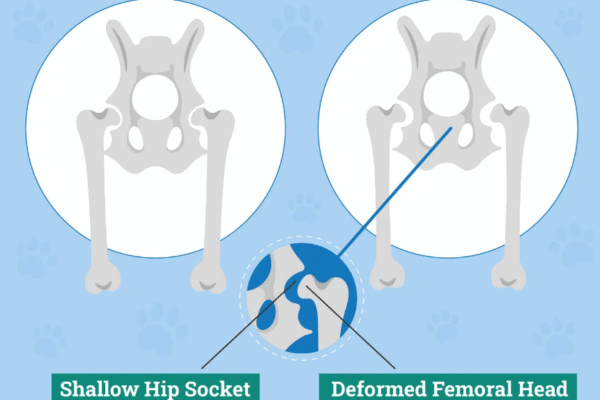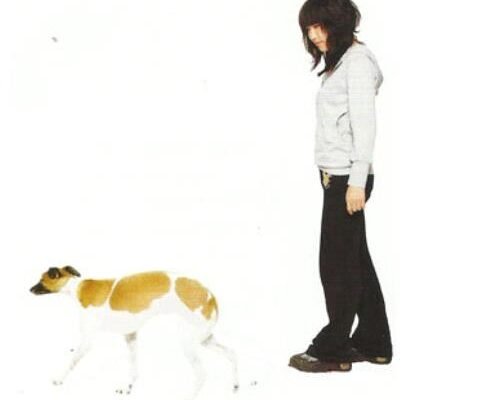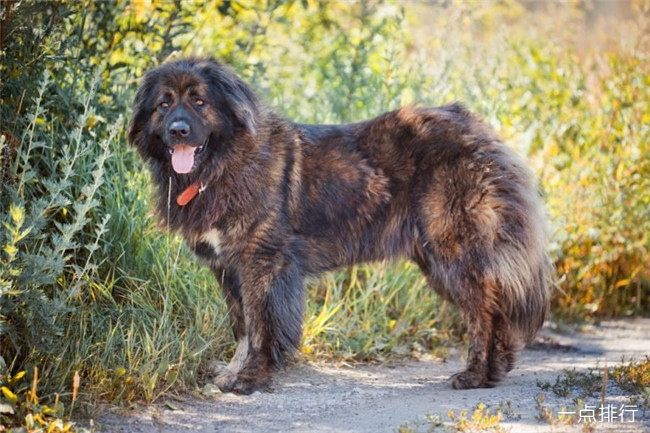

The Best Dog Breeds for Apartment Living
With more people choosing to live in urban settings, finding dog breeds that thrive in smaller living spaces has become a significant interest. Urban dwellers often seek canine companions that are well-suited to the constraints of apartment living. Fortunately, there are several dog breeds that are not only adaptable to smaller environments but also thrive…

Climate Change Impact: Rising Temperatures & Dog Health Risks
Hey there! Ever wondered how hotter weather might be messing with your furry buddy’s health? Let’s chat about what’s happening to our four-legged pals as temperatures climb. You know how we’re all sweating more these days? Turns out dogs feel the burn way worse than we do. Those thick fur coats aren’t exactly summer-friendly, right?…

Some common problems in dog toilet training
Dog urination and defecation training “is a key project in dog training. I have compiled some common problems for everyone to browse and learn from: 1. Q: If I see a puppy urinating in the house, can I hit it? Answer: Although the dog’s urination and defecation in the house are very dirty, please do…

French Pet Culture: From Dog-Friendly Beaches to Luxury Rentals & Anti-Abandon Laws
France isn’t just about croissants and vineyards—it’s a paradise for pets! With 1 in 3 households owning cats and a growing trend of chien-chic lifestyles, let’s sniff out how France spoils its furry residents. From Mediterranean dog beaches to laws cracking down on summer abandonments, here’s your insider guide. 🏖️ Beaches Where Pups RuleNice’s “Plage…

Why can’t dogs be fed too full? Overfeeding is too harmful!
Anything delicious is subconsciously thrown to the dog, regardless of how much the dog has already eaten on that day Do you have such bad dog keeping habits? It seems like sharing food with dogs, but in reality, letting them eat too much is actually a threat to their health. Although dogs love to eat,…

Golden Retrievers & Hip Dysplasia: Vet-Approved Guide to Genetic Risks, Prevention & Lifelong Care
Golden Retrievers—those lovable, tail-wagging companions—are famously prone to hip dysplasia. But why does this happen, and can you protect your pup? Let’s break down the science, prevention hacks, and lifelong care strategies that every Golden owner needs to know. Why Goldens Are at Risk: It’s in Their Genes!Hip dysplasia isn’t just bad luck—it’s written into…

The method of “Moving Forward” of dogs
“Practice” is trained for some “sticky people” dogs. (Do you have such an experience: Your dog is leaning close to your feet as soon as he goes out, and you will step on it as soon as you walk. Some dogs, as soon as you go out, you can’t wait to hold the owner ~)…

The Joy of Owning a Pet Dog: Unconditional Love and Companionship
### The Joy of Owning a Pet Dog: Unconditional Love and Companionship Owning a pet dog is a journey filled with boundless love, unwavering loyalty, and a profound sense of companionship. From the moment you bring a dog into your home, your life transforms in countless, beautiful ways. Here, we explore the myriad joys and…

Key points for toilet training for adult dogs
Compared to puppies, targeted training for adult dogs to urinate and defecate is more difficult. Nevertheless, as long as you are patient Training, adult dogs can also be trained, but with more time and energy: If the dog to be trained is an adult dog that has not undergone home training before, it should be…

Top 10 Most Dangerous Dogs in the World Huskies Also Make the List
Dogs are loyal and intelligent animals, and they are often described as “man’s best friend”, but they are not naturally suited to getting along with humans.In fact, there are some breeds of dogs in the world that are quite hot-tempered and can attack humans if not handled properly, so let’s take a look at the…


